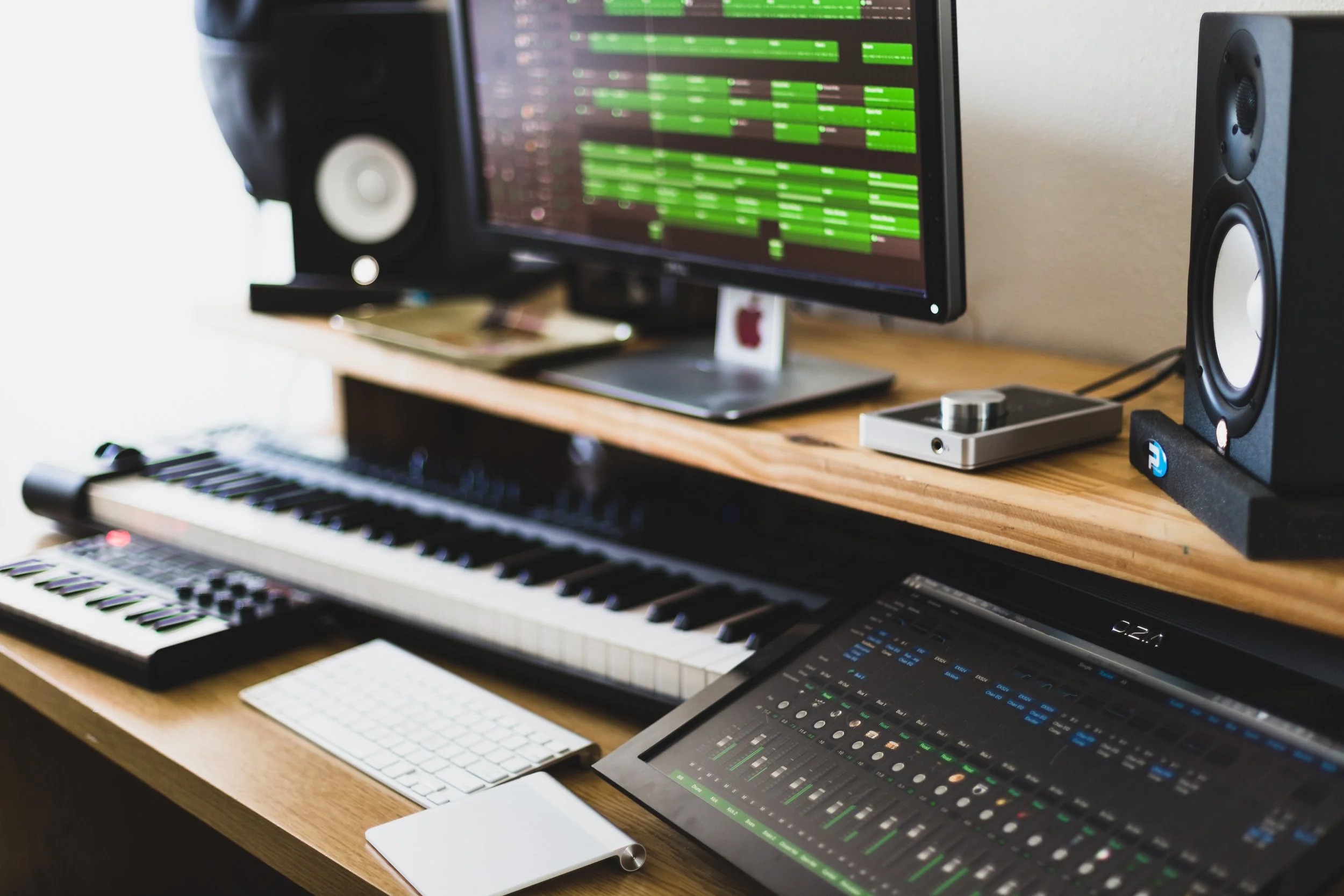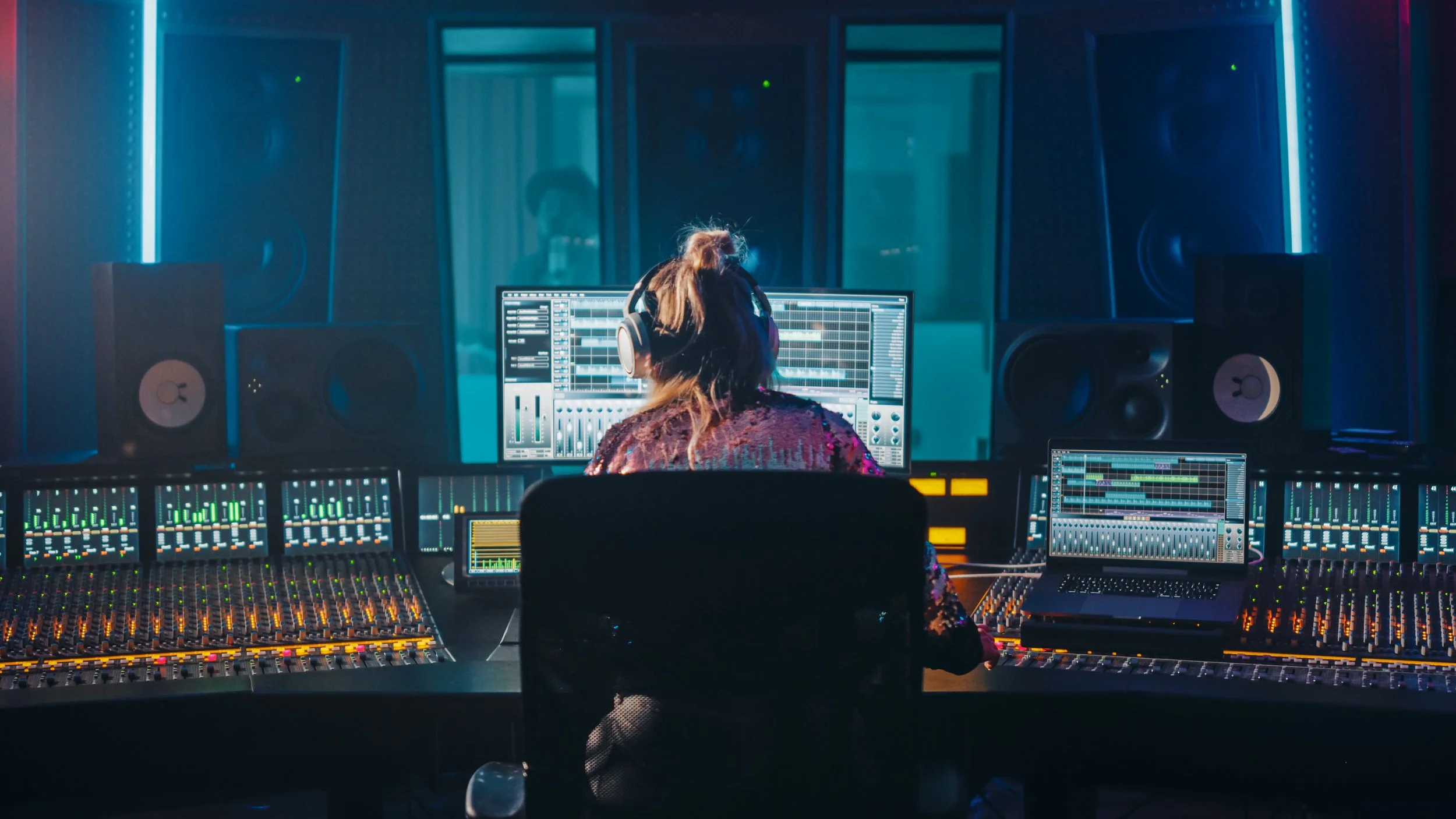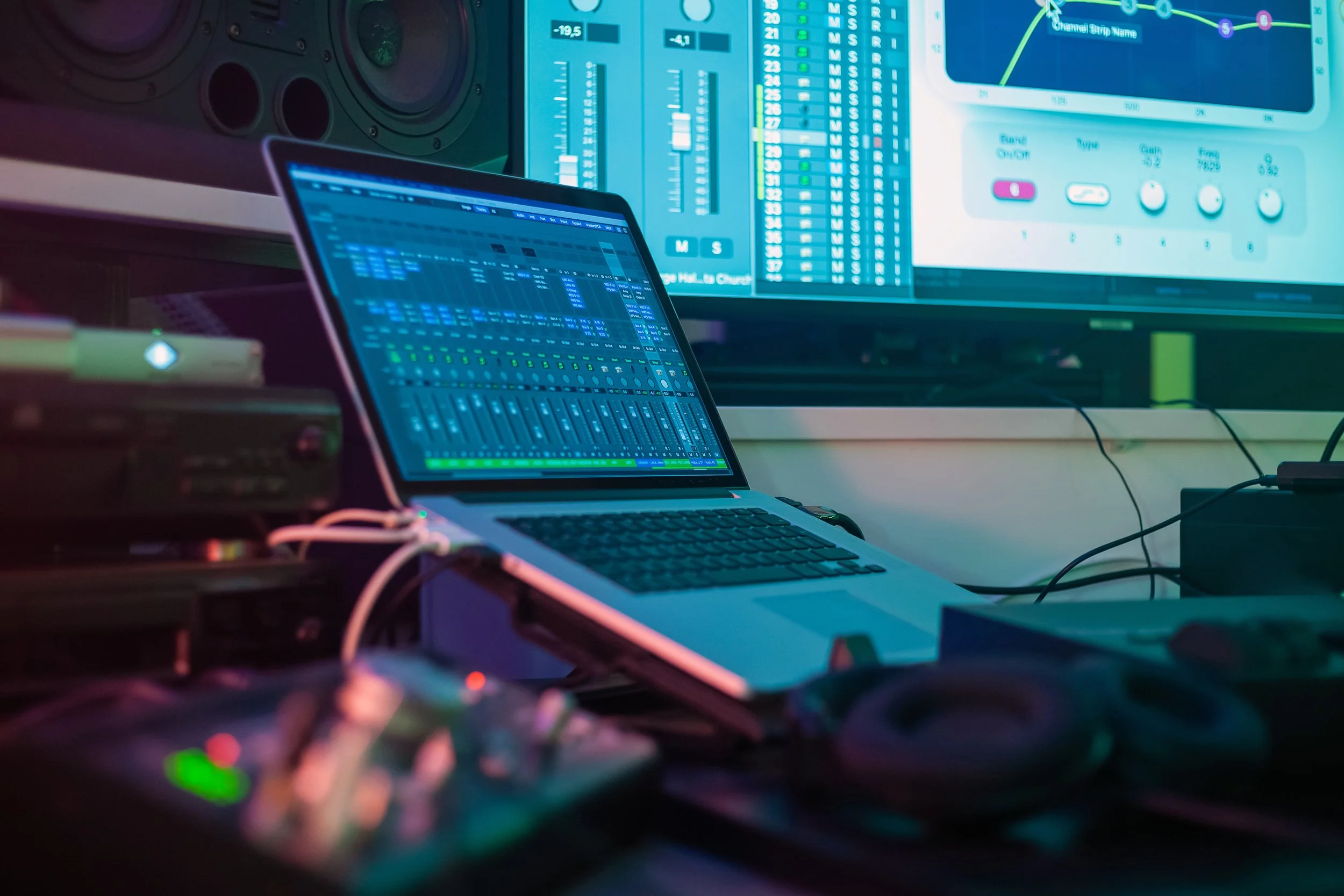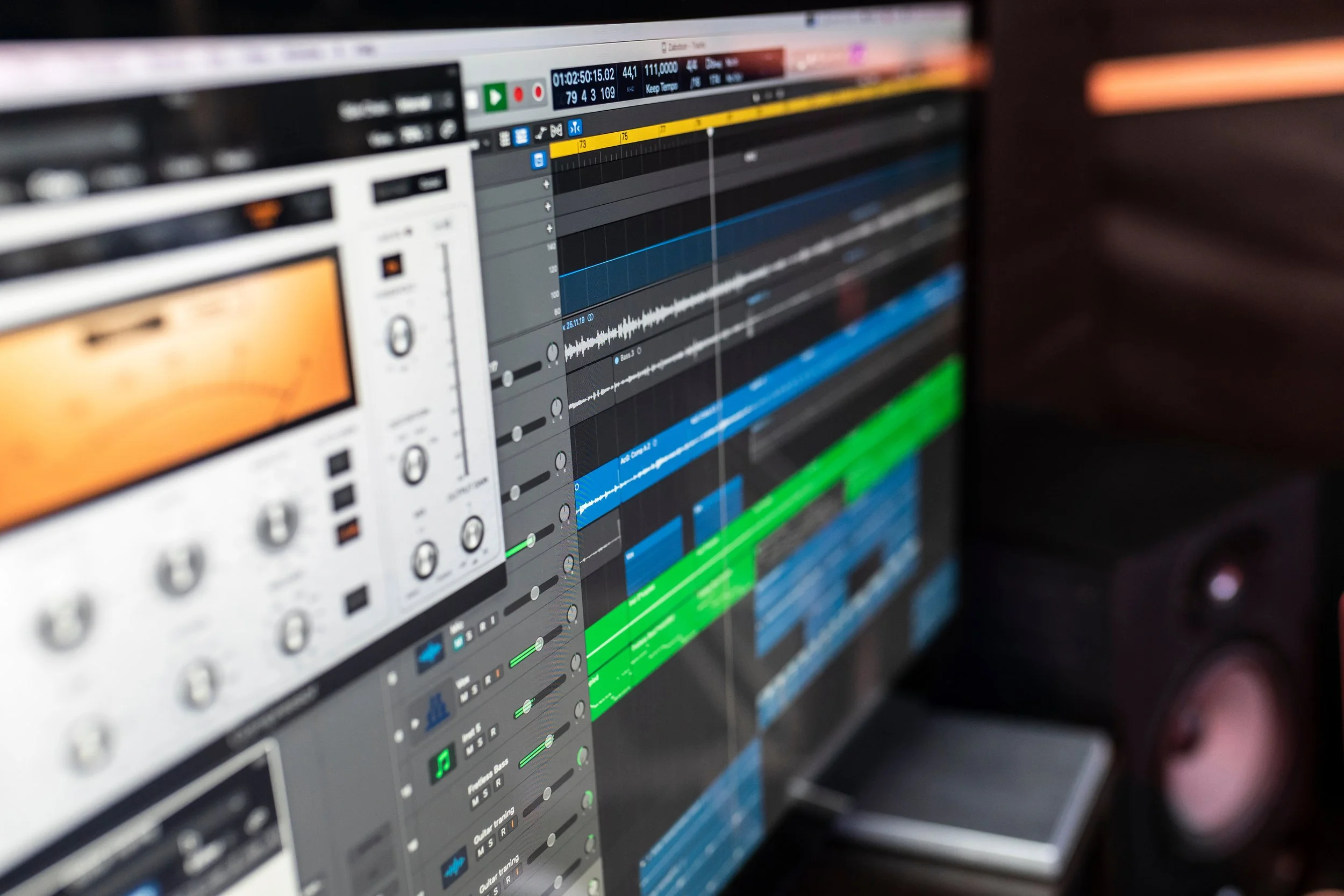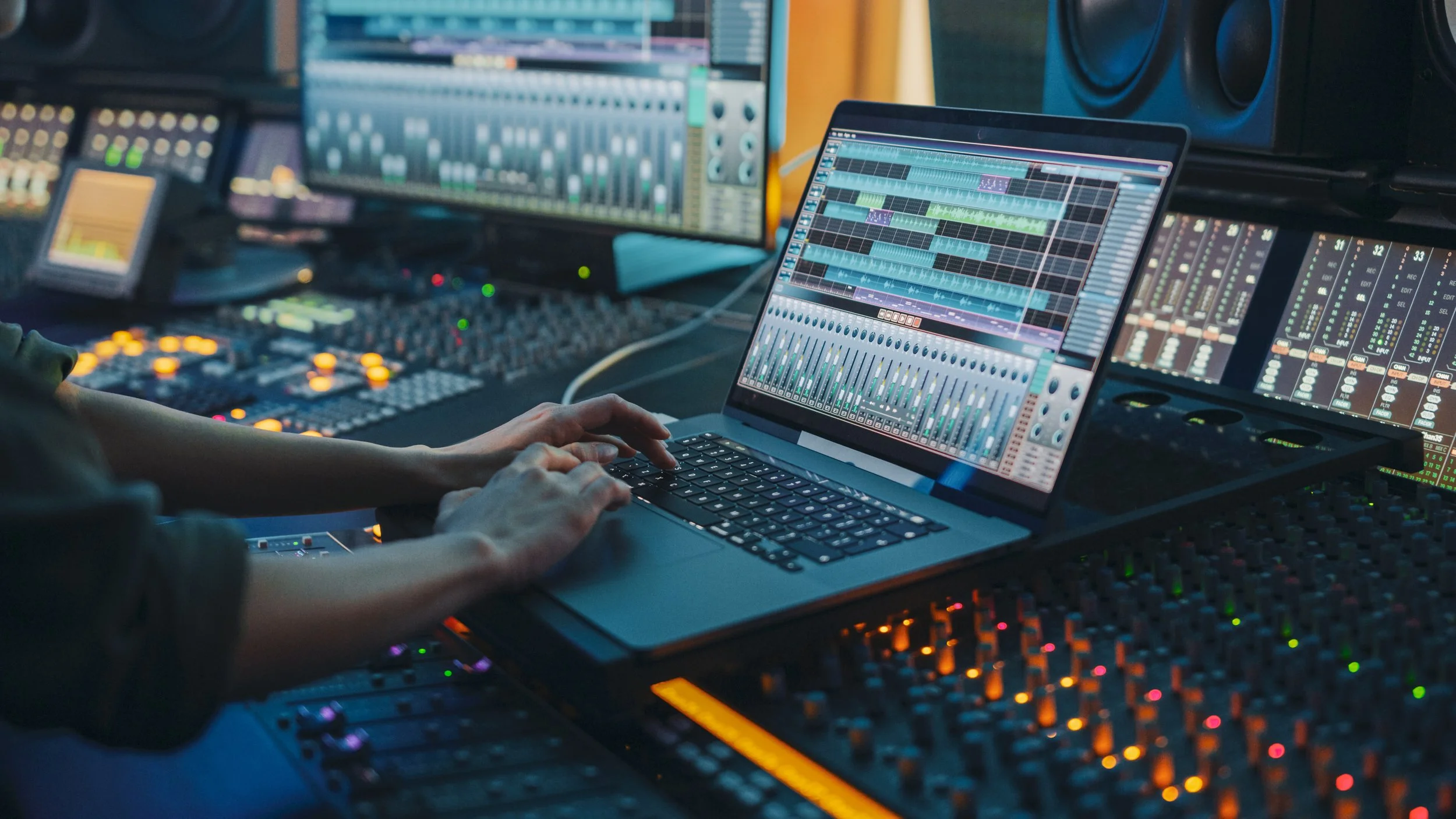How to Know When Your Mixes Are Finished
Having a quality mix is super important for your music, but how do you know when your mix is actually good? If you’re just starting out, sometimes it can be challenging to distinguish a good mix from a bad one because you haven’t trained your ear yet. Here are some tips that’ll make it easier for you to decide whether your mix is good to go or if you still need to make improvements on it:
1. Mixing in studio monitors
If you're in an apartment, it may be more difficult to mix out loud unless you’re mixing during daytime hours. If you are able to mix out loud with studio monitors, we highly recommend it versus headphones so that you can get an accurate sound and hear the full stereo spectrum of the music that you're mixing.
2. Use multiple sources
In addition to using studio monitors, try and reference your mixes on as many sources as possible. This includes testing it with smaller headphones/earphones, in the car, with a smaller stereo/speaker, etc. We encourage doing this to ensure that your mix sounds consistent across different sources.
3. Mixes shouldn’t sound narrow
You should never have all your sounds sitting in the center of your mix. You have an entire stereo field to utilize and get creative with! For example, you could use panning, reverb to push some sounds back further in the mix, etc. Ultimately, you should make sure you're spreading everything out so that you're using the full stereo spectrum in your mix.
4. Mixes shouldn’t clip/sound distorted
Unless you’re intentionally going for a distorted sound, your mixes shouldn’t sound like they’re clipping or are distorted. Your mix shouldn’t be living in the red zone in your final master track. You can use that to gauge whether or not your mixes are clipping. You can also usually hear distortion in your ear if a snare is hitting and creating crackling sounds. On your master track, it’s a good idea to have some type of limiter and not go anywhere past -0.1 DB, just to give it a little bit of space. If you’re sending it to a mastering engineer, you should leave even more headroom and keep that mix more so in the green. If you are hearing distortion and clipping in your track, you may just need to tone the volume down a little bit on all of your tracks or your master track.
5. Mixes shouldn’t be too quiet
Low volume on a mix can be considered low quality depending on who you're sending the music to. In order to make sure that the volume on your mix is up to par, one thing you can do is take a popular song that’s already been released and compare your song with it. Play them back to back and try to see where your levels are in comparison to that professionally mixed and mastered song.
6. Hear the entire frequency range
You should make sure you have some low end, some mids, and some highs in your mix. Using a graphic EQ to show you exactly where your frequencies are hitting in your mix is a good idea. Logic has a built-in one that's easy to use and allows you to visualize where these frequencies are in your mix.
7. Get professional feedback
Getting professional feedback from someone who has mixed and mastered a lot of music can really go a long way because they can pinpoint exactly what's wrong in your mix (if anything). This allows you to take that feedback and make improvements if needed, or just give you confirmation that you're on the right track. You can also improve on your craft by getting feedback from other producers/creatives such as yourself. Speaking of which, we have a feedback exchange thread on our Discord server, so make sure you join if you haven't already!

